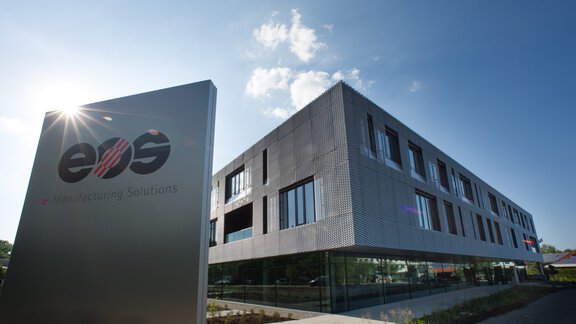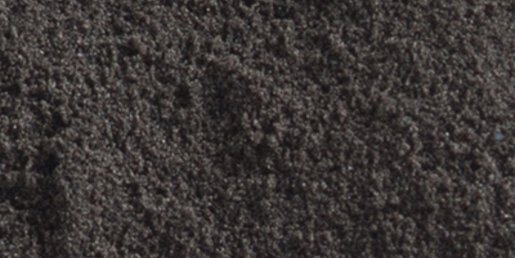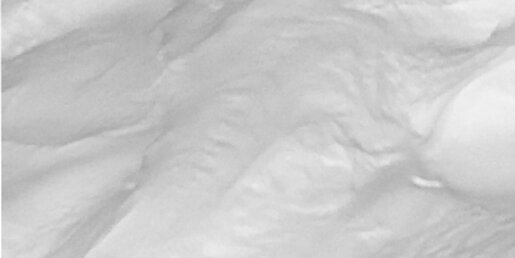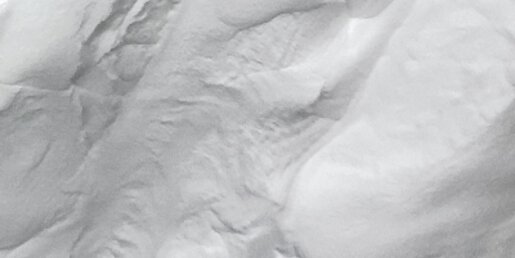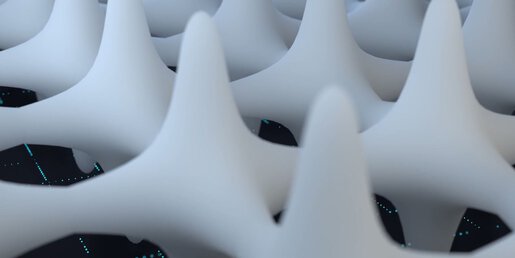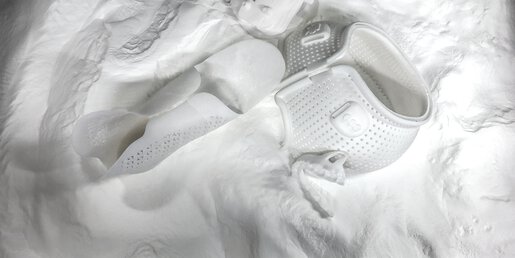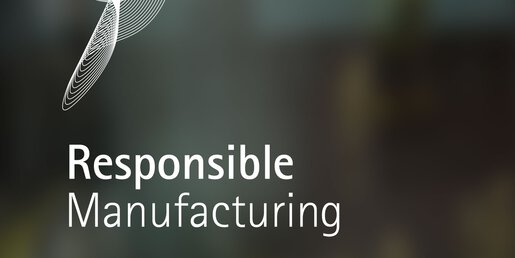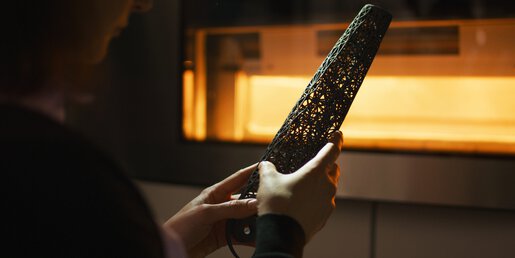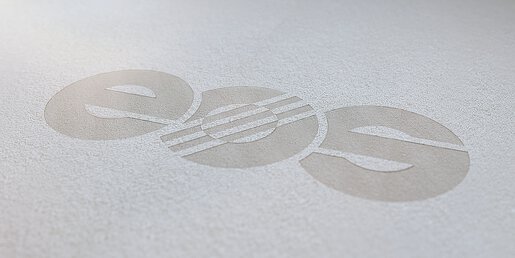EOS Plastic Materials for 3D Printing: Comprehensive Selection, Excellent Part Properties
At EOS, we have exceptional materials expertise and a comprehensive portfolio of 3D printer plastic materials. These advanced plastic and polymer materials are perfectly suited for selective laser sintering in additive manufacturing. Our 3D printing materials, systems and process parameters are based on many years of experience and are optimally coordinated. This offers many advantages: With the right EOS materials, you can realize the desired property profiles of your products in the best possible way. EOS is also continuously developing its range of high-tech materials for special customer requirements.
We offer a comprehensive selection of materials for the production of plastic parts using additive manufacturing processes. This allows highly individualized products to be manufactured in first-class quality. The following 3D printing plastic materials are available: Polyamides (PA), Thermoplastic Elastomers (TPE) and Polyaryletherketones (PAEK). Our PA 1101 and PA 2200 materials are also available in a carbon reduced and even neutral version.
The Benefits of Our 3D Printing Plastic Materials Expertise
Not sure which material to choose? Get an overview of all 3D printer plastic materials EOS has to offer:
3D Printing Materials: Plastic is King
Plastics are important materials in additive manufacturing. The composition of the polymers enables different material properties for a variety of applications. There are various 3D printing processes that differ both in the materials used and in the product properties achieved.
Fused Deposition Modeling (FDM), in which ABS or PLA filament is melted in the printer head and then extruded, is probably the most common variant of 3D printing and is used primarily in the consumer sector. Stereolithography (SLA) uses liquid resins that are cured with a laser.
Selective Laser Sintering (SLS) technology, the technology perfected by EOS, uses plastic polymers in powder form that are fused using a precise laser. The result is robust functional parts with high design freedom, as no support structures are required.
We offer various 3D printing plastic materials that are suitable for different requirements:
Learn More About Industrial 3D Printing with Plastic Materials
Certified Reliability: Mature 3D Printer Plastic Materials
All EOS materials are delivered with a certificate documenting the results of comprehensive QA tests, not only for the powder itself, but also for test parts produced in a special facility using a dedicated process.
International standards for the materials used in additive manufacturing do not currently exist, but they are essential for industrial production. EOS has therefore applied the Technology Readiness Levels (TRLs) developed by NASA to 3D printing - for the first time in the industry.
This classification not only provides full transparency on the maturity of products. It also enables predictable results and a higher level of confidence in repeatability and reliability, as well as an informed choice of materials for each application.
Further Details and Data on EOS 3D Printing plastic materials
